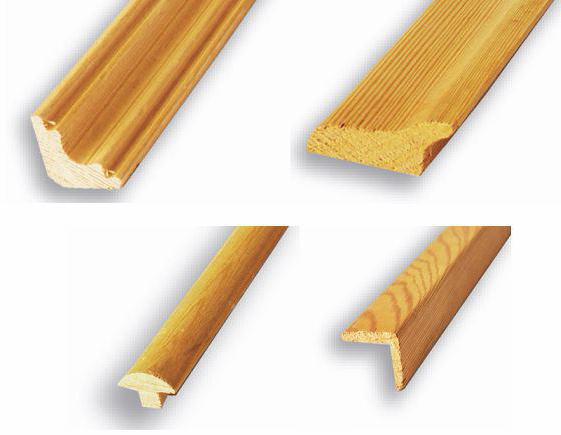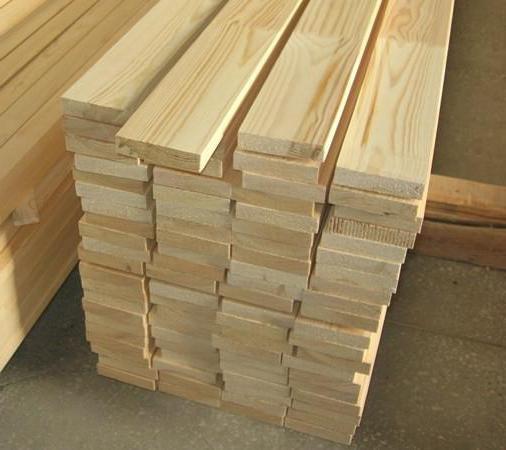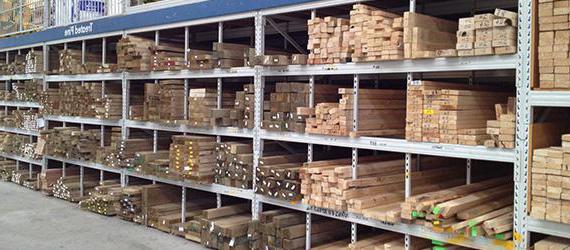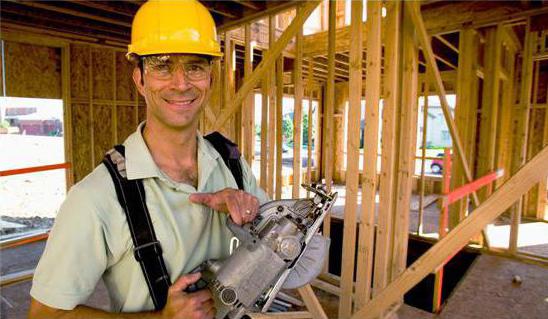Before starting construction, it is necessary to determine the required amount of material. This parameter will be needed for the purchase of raw materials and products, in most cases it is also involved in engineering calculations. In the article, we will analyze how many boards are in a cube.
Types of lumber
To date, wooden products for construction are presented in a variety of variations: components for the construction of walls and individual structures (beams, logs), various panels (fiberboard, chipboard, OSB), elements for finishing and cladding. Therefore, it is worth starting with what boards can be:

How many boards in a cube of any kind are determined in the same way, regardless of the type of wood and the degree of processing. Exceptions are unedged boards. Next, consider the calculation methods.
The concept of volume
Everyone from school knows that 1 m 3 \u003d 1m x 1m x 1m (length * width * height in meters).
Since the elements of a batch or type have the same dimensions, how many pieces of boards in a cube can be determined, knowing the volume of just one. At the same time, it is not necessary to represent a physical figure with sides of 1 meter, the actual volume of the product is hidden under the concept. It is used in the sale and purchase, calculation of the total volume of construction and constructive calculations.
We determine the quantity
Everyone knows that boards 1 meter long are used extremely rarely, their main working length is 3, 4 or 6 m. It should be borne in mind that lumber is made in production with a margin of length up to 10-25 cm. In some cases, the seller neglects this size, but in most cases, it is taken into account in the calculations. Therefore, pay attention to this so that there are no questions about overpayment. Height and width are indicated exactly in millimeters. The final dimensions look like this: 25x200x6000 (height * width * length in mm). To convert the value into meters, it is necessary to divide the values by 1000, we get: 0.025 * 0.200 * 6.0 (m). We multiply the values \u200b\u200bwith each other, we get: 0.025 * 0.200 * 6.0 \u003d 0.03 m 3. 
Since all boards have the same appearance and parameters, we determine how many boards are in the cube: 1:0.03=33.33 pieces. We round up to whole units, we get 33 products. Here you can also calculate the cost of 1 board: if 1 cube costs 6500 rubles, then an element with a volume of 0.03 m 3 will cost only 195 rubles. Armed with this knowledge, you can send to the store.
Unedged materials
Boards and beams of this type have raw side faces, since these are the first layers taken from the tree trunk. Thus, the width parameter cannot be uniquely determined. How, then, to calculate how many boards are in a cube?
Take for example a sample that has a different width at both ends: 20 cm on one side and 30 on the other. In such a situation, the average value of the indicators is taken, in our case - 25 cm. Further, the volume of such a board is determined by the already known formula.
When there is a need to purchase a large number of elements, they are stacked in piles so that all sizes match as much as possible (the difference is not more than 10 cm). Further, by simple measurements, determine the length, height of the stack, the width of the middle part, multiply them by a coefficient that takes into account the air gap: 0.07 ... 0.09 (more gap - less coefficient). Thus, they find out how many boards are in 1 cube of unedged lumber. 
The main dimensions of such boards are: 25, 40, 50 mm in height and 6000 mm in length. Other parameters are rarely set, mostly by personal order. This is due to the low demand for products and the specifics of their application. These are purchased for the construction of scaffolding, roof lathing, various decking, and also for firewood. Long boards are suitable for these purposes, which can be cut as needed.
Pay attention to the little things
In order to buy wooden products and not overpay an unscrupulous seller, use the above formulas and independently calculate the required number of boards. A simple example: you got the actual volume of 1 element 0.035 m 3 . Suppose 1 cube costs 6000 rubles, then the board will cost 210 rubles. But if the seller rounds thousandths to hundredths, 0.04 m 3 will come out, then you will have to pay 240 rubles for the product. Maybe for one board the difference is not so significant, but often lumber is bought in large quantities, then the difference in price can cost several hundred rubles. How many boards in a cube - it is desirable to know for sure. 
Making the calculations easier
In order not to determine the volume of products individually each time, you can use ready-made data. Manufacturers have calculated how many boards are in a cube: a table compiled from the results of measurements helps determine the required amount of material. Such directories contain data on different types of products, they are combined into groups according to the main sizes. There are separate reports for boards, beams, platbands, skirting boards and others that exist today, they are actively used not only by the inhabitants, but by design engineers and builders.
Now consider how many boards are in 1 cube. The table is compiled for edged products.
Height*width*length, mm | V 1 boards, m 3 | Whole pieces in 1 m 3 |
As you can see, the reference book contains the exact number of boards in a cube. The table takes into account fractions up to thousandths, which are important to take into account when buying and other calculations.
non-standard
For construction and household purposes, neatly processed products are not always used. Sometimes it is advisable to purchase unedged material, the volume of which is not easy to calculate due to the specific uneven structure of the product. For these cases, there is also a solution - ready-made reference summaries, from which you can find out how many boards are in 1 cube. The table for them is compiled according to the main average sizes.
The tabular data are for reference only and may differ slightly from the actual ones: as already mentioned, products may differ in size by a couple of centimeters in length, for example. Therefore, each time you should pay attention to specific parameters. 
It does not matter what lumber is needed for construction. You must be able to independently determine the required volume using formulas, calculators and tables. This will help to avoid the purchase of an extra number of boards and significantly save the budget.